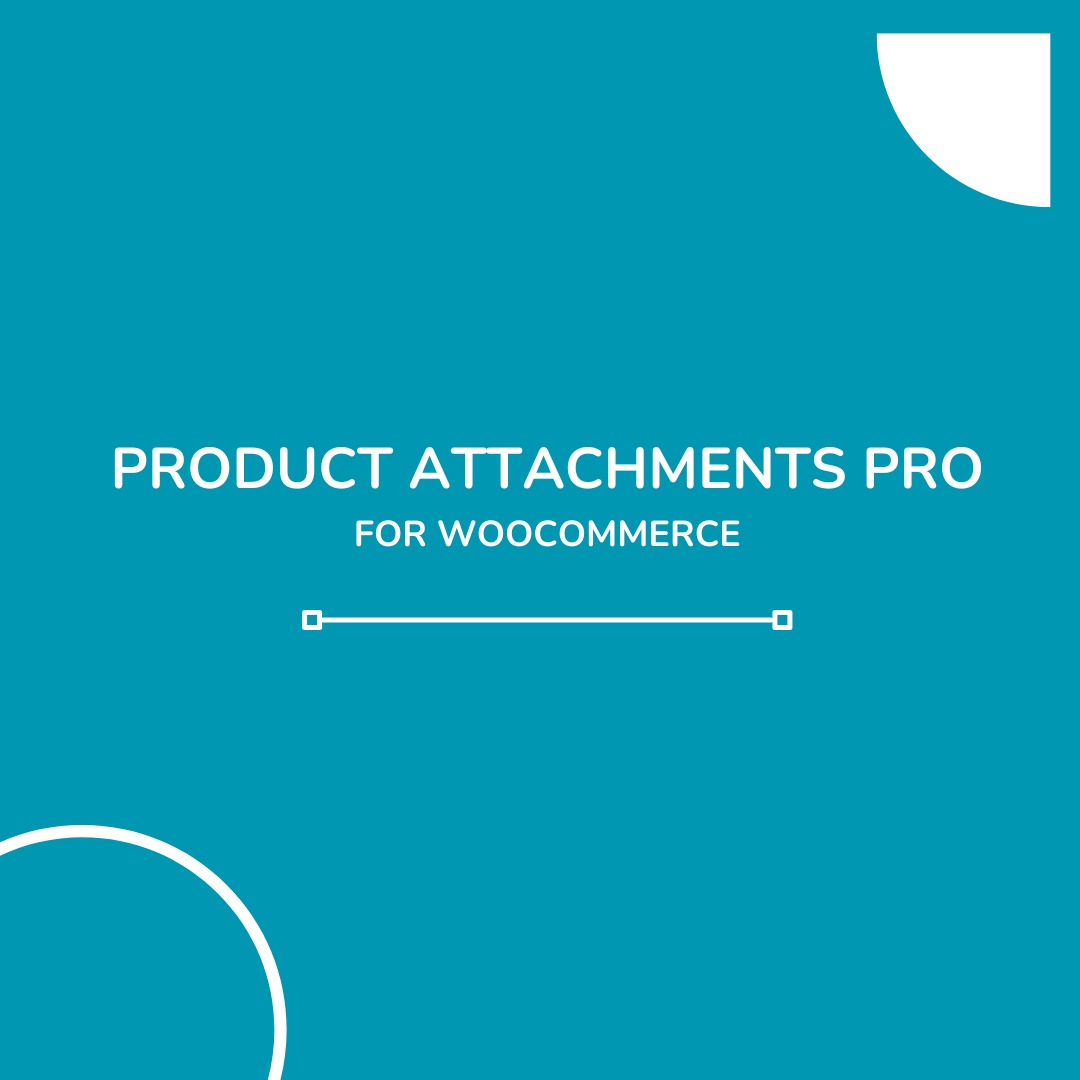How to Write Blogs That Keep Readers Hooked
In today’s crowded digital space, content is everywhere, but attention is scarce. Writing blogs that truly capture and hold a reader’s interest is both an art and a science. Whether you’re writing for a personal brand, business, or agency, knowing how to write compelling blog posts can significantly boost engagement, shares, and conversions.
This guide will walk you through proven strategies to help you write blogs that readers won’t just skim, but stay and enjoy.
Know Your Audience First
Before you type a single word, ask: Who am I writing for? Understanding your audience’s pain points, interests, and goals allows you to tailor your tone, language, and examples to what resonates with them.
Use these tactics to define your reader:
- Create a reader persona
- Monitor blog comments and social media interactions
- Use tools like Google Analytics or HubSpot to analyze audience behavior
Once you know your readers, it’s easier to speak directly to their needs and build a sense of connection.
Start with a Magnetic Introduction
Your introduction makes or breaks the post. If the first 2-3 sentences don’t spark curiosity or promise value, readers will bounce.
Try these techniques:
- Ask a provocative question
- Start with a surprising statistic
- Use a relatable anecdote
- State a bold claim (and back it up)
Whatever your approach, be clear about what the reader will gain by reading the entire post.
Structure Matters: Break It Up
Large blocks of text are intimidating. Use formatting to your advantage:
- Short paragraphs (2–4 lines)
- Descriptive subheadings
- Bullet points and numbered lists
- Bold key phrases for skimming
Readable formatting keeps your content accessible and encourages readers to stick around.
Tell Stories That Connect
People love stories. They’re memorable, relatable, and emotional. Incorporate mini-stories, case studies, or personal experiences to drive your points home. This narrative approach builds trust and makes abstract ideas feel real.
Instead of just saying, “Consistency matters,” you could write:
“When Jane started publishing one blog per week, her traffic doubled in 90 days. Why? Because her audience knew when to expect new content—and kept coming back.”
A simple story like this adds context and persuasion.
Offer Real Value—Not Fluff
Every sentence should offer something:
- A new idea
- A useful tip
- An actionable insight
- A valuable resource
If a sentence doesn’t serve a purpose, cut it. Make your blog solution-focused and reader-centered. This shows respect for your reader’s time and builds your reputation as a trustworthy source.
Use Visuals and Examples
Adding relevant visuals like charts, screenshots, infographics, or even memes can improve retention and engagement. Visuals support your message, break monotony, and make complex points easier to understand.
Also, use real-world examples, especially when explaining strategies or processes. Examples help readers visualize the results and apply what they’ve learned.
Add a Strong Call-to-Action
A blog without a clear next step leaves readers hanging. Whether it’s:
- Subscribing to your newsletter
- Downloading a free guide
- Leaving a comment
- Clicking through to another article
Tell your reader what to do next. It keeps them engaged and extends their journey with your brand.
Build Authority with Your Voice
Write like an expert, not a textbook. Be confident, but conversational. Don’t shy away from expressing an opinion when appropriate. Readers want to hear a human voice, not robotic language.
When you consistently offer clear, useful, and engaging content, your blog becomes a trusted resource. This can lead to higher dwell time, social shares, and backlinks—signals that also help with SEO.
Leverage Professionals When Needed
As the content marketing landscape becomes more competitive, many businesses and creators turn to external experts for help. That’s where blog writing services providers come in.
These providers specialize in creating customized, high-quality content that speaks directly to your audience. Whether you need SEO-optimized blog posts, industry-specific content, or a consistent publishing schedule, working with professionals can streamline your strategy and boost your results.
Especially for brands that don’t have the time or in-house expertise, blog content writers offer a scalable solution for maintaining content quality and consistency.
Always Edit and Refine
Even great writers need editing. A well-edited blog reads smoothly, eliminates confusion, and reduces bounce rates. Check for:
- Spelling and grammar
- Flow and tone
- Redundant ideas
- Weak transitions
Tools like Grammarly, Hemingway Editor, or ProWritingAid can help, but a second human eye is often the most valuable.
Keep Evolving Your Content Game
The digital world is always changing. Algorithms update, trends shift, and reader expectations evolve. The best blog writers are those who continuously learn, adapt, and refine their strategies.
Monitor your content’s performance through analytics. See which posts perform best—and why. Test different formats, lengths, tones, and visuals to see what resonates most with your audience.
Final Thoughts
Writing blogs that keep readers hooked isn’t about being flashy or gimmicky. It’s about understanding your audience, offering real value, and delivering it in a clear, engaging way. With the right mix of storytelling, formatting, strategy, and consistency, you can transform your blog from just another webpage into a powerful engagement tool.
And if you ever feel overwhelmed, don’t hesitate to explore expert help. Content is a long game, but with the right approach, your blog can become the heartbeat of your brand’s online presence.











Post Comment